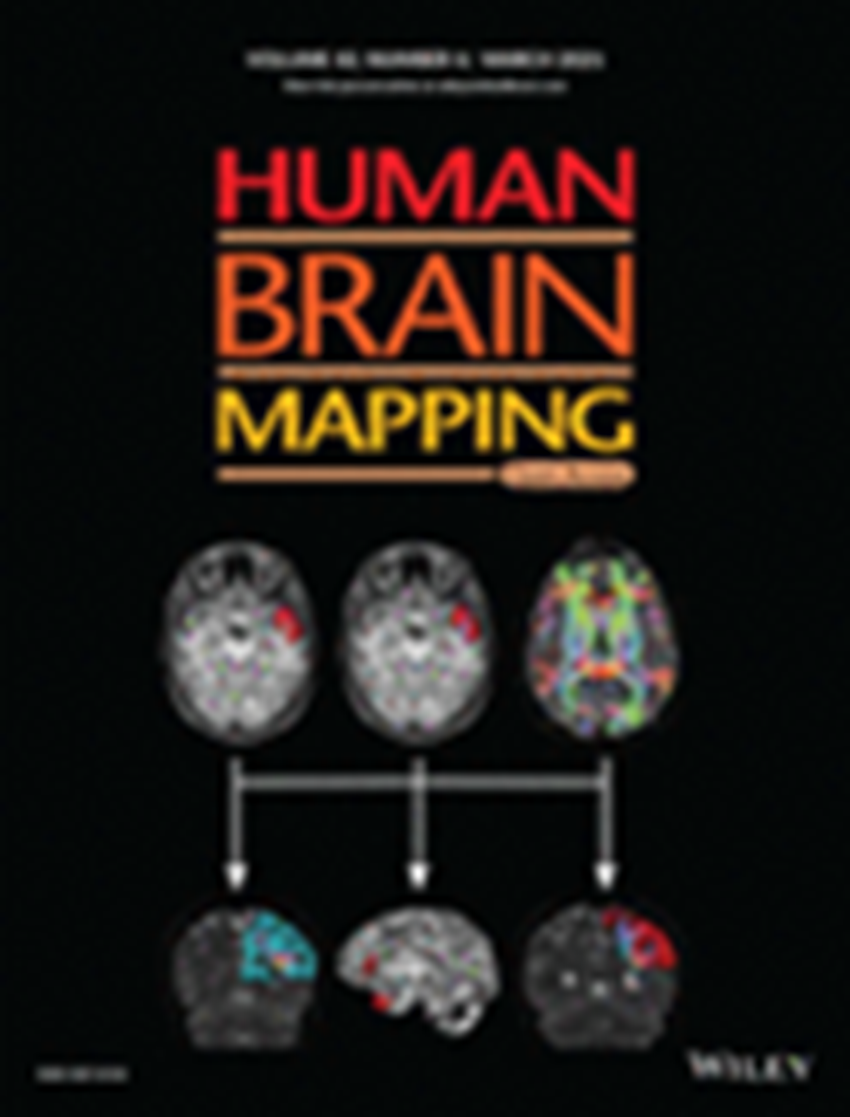Miguel Castelo-Branco e colaboradores publicaram no âmbito do projeto de investigação 207/16 - The role of motion adaptation in bottom-up mechanisms of perceptual decision-making, apoiado pela Fundação Bial, o artigo The dual nature of the BOLD signal: Responses in visual area hMT+ reflect both input properties and perceptual decision na revista científica Human Brain Mapping.
“Neuroimaging studies have suggested that hMT+ encodes global motion interpretation, but this contradicts the notion that BOLD activity mainly reflects neuronal input. While measuring fMRI responses at 7 Tesla, we used an ambiguous moving stimulus, yielding the perception of two incoherently moving surfaces—component motion—or only one coherently moving surface—pattern motion, to induce perceptual fluctuations and identify perceptual organization size‐matched domains in hMT+. Then, moving gratings, exactly matching either the direction of component or pattern motion percepts of the ambiguous stimulus, were shown to the participants to investigate whether response properties reflect the input or decision. If hMT+ responses reflect the input, component motion domains (selective to incoherent percept) should show grating direction stimulus‐dependent changes, unlike pattern motion domains (selective to the coherent percept). This hypothesis is based on the known direction‐selective nature of inputs in component motion perceptual domains versus non‐selectivity in pattern motion perceptual domains. The response amplitude of pattern motion domains did not change with grating direction (consistently with their non‐selective input), in contrast to what happened for the component motion domains (consistently with their selective input). However, when we analyzed relative ratio measures they mirrored perceptual interpretation. These findings are consistent with the notion that patterns of BOLD responses reflect both sensory input and perceptual read‐out.”





























































































